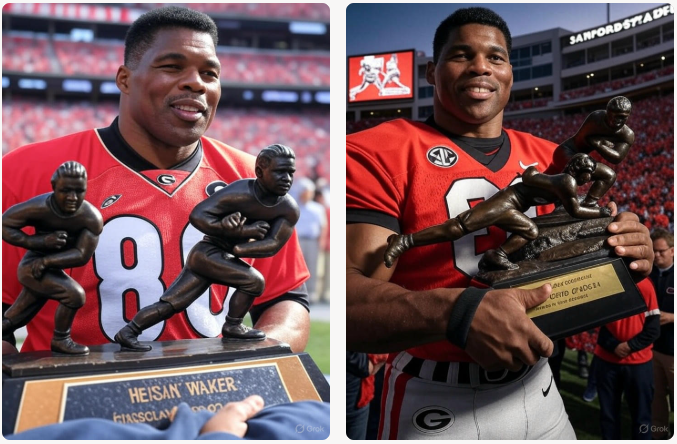
Florida’s top quarterback prospect for the 2025 cycle has solidified himself as an elite playmaker, demonstrating both experience and exceptional decision-making skills. With no shortage of valuable game reps, he has mastered the ability to balance aggression and caution, making him a dangerous weapon under center.
His accuracy is one of his standout traits, as he has proven to be one of the most precise passers in the 2025 recruiting class. At the halfway mark of his senior season, he led all Top247 quarterbacks with a career completion percentage of 70.8 percent. This level of efficiency showcases his ability to read defenses, process information quickly, and deliver well-placed throws in a variety of situations.
Beyond his impressive statistical production, his poise in the pocket and ability to execute under pressure make him a prime candidate to thrive at the next level. Whether threading the needle in tight coverage or making smart, calculated plays to keep drives alive, he possesses the skill set to elevate an offense.
As he prepares to take the next step in his football career, Florida has landed a quarterback with the potential to be a game-changer. His combination of accuracy, experience, and football intelligence makes him a valuable addition to the Gators’ future.


